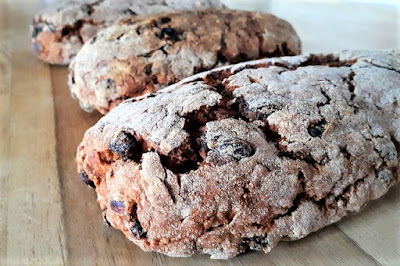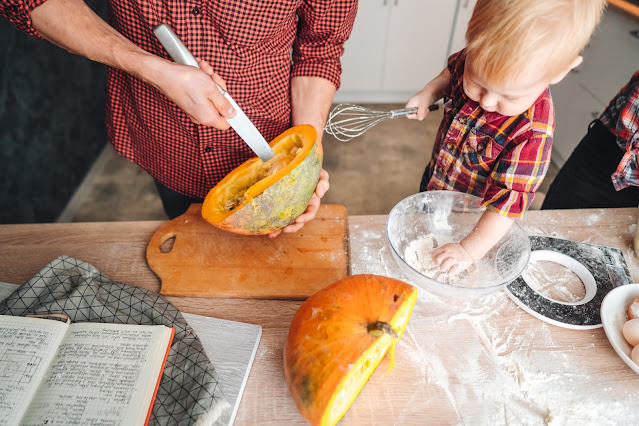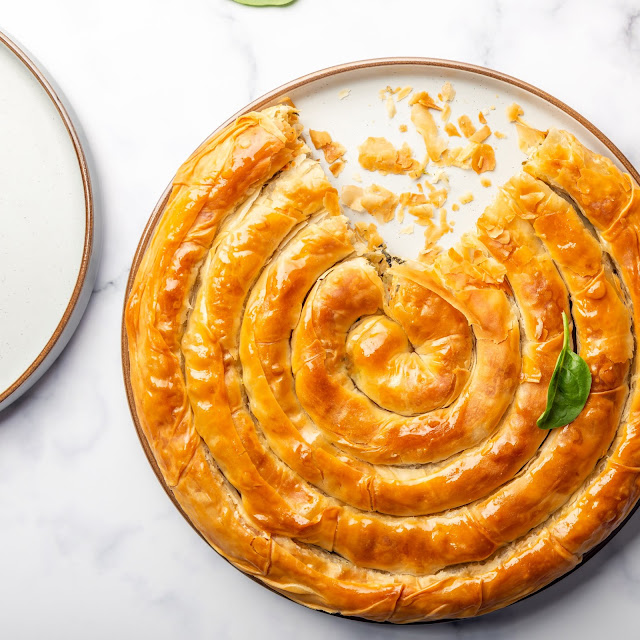Translate
Tuesday, December 28, 2021
Monday, December 27, 2021
INTERNATIONAL: Bread of the Week 105: New Year's Breads.
INTERNATIONAL: Bread of the Week 105: New Year's Breads: Recipes and VIDEO
GREEK VASILOPIITA
SWISS ZUEPFE
NEW YEAR'S STAR BREAD
SWEET NEW YEAR'S BREAD
TWISTED SUN BREAD
Monday, December 20, 2021
INTERNATIONAL: Bread of the Week 104: 180 Gift Worthy Christmas Breads...
INTERNATIONAL: Bread of the Week 104: 180 Gift W...: LINK to Christmas Bread Recipes from Allrecipes
Monday, December 13, 2021
Tuesday, December 7, 2021
INTERNATIONAL: BORDERLESS CUISINE 5-2 - Phyllo or Filo or fillo dough or pastry (the Balkans)
with pistachios & syrup.
(Turkish: bülbülyuvası, "nightingale's nest" , is a Turkish phyllo dough dessert. It takes its name from its hollow and circular shape. Having been baked, warm syrup is sprinkled, and the hollow center is filled with pistachios before being served.
Bundevara – A Serbian sweet pie filled with pumpkin. Bundevara is a Serbian sweet pie made of rolled phyllo or similar to strudel, filled with sweetened grated pumpkin pulp and baked in an oven. Occasionally some nutmeg, cinnamon or similar spices may be added to the filling, as well as raisins or grated lemon rinds. It is usually dusted with icing sugar and/or vanilla sugar, and may be served either hot or cold.
Note: the cook in the video used butternut squash instead of pumpkin which is okay: similar taste and consistency
Galaktoboureko – A Greek dessert consisting of filo and semolina custard filo. It may be made in a pan, with filo layered on top and underneath and cut into square portions, or rolled into individual servings (often approximately 10 cm (4 in) long). It is served or coated with a clear, sweet syrup. The custard may be flavored with lemon, orange, or rose.
Zeljanica – A Serbian/Bosnian dish made from filo, spinach,
white cheese and eggs.
LINK to Gibanica Recipe
------------------------------------------
LINKS TO EARLIER BORDERLESS CUSINE POSTS
INTERNATIONAL: BORDERLESS CUISINE 5-1 - Phyllo or Filo or fillo dough or pastry (Middle East)
Greek Filo or phyllo is a very thin unleavened dough used for making pastries such as baklava and borek in Mideastern (Middle-Eastern cuisine includes
- Arab cuisine,
- Iranian\Persian cuisine,
- Israeli cuisine/Jewish cuisine,
- Assyrian cuisine,
- Armenian cuisine,
- Kurdish cuisine,
- Greek cuisine/Cypriot cuisine,
- Turkish cuisine,
- Balkan cuisine,
- Romanian cuisine.)
Baklava – An Ottoman dessert (With Constantinople as its capital and control of lands around the Mediterranean basin, the Ottoman Empire was at the centre of interactions between the Eastern and Western worlds for six centuries.) dessert with layers of filo with chopped nuts, sweetened and held together with syrup or honey. The forerunner to baklava was the Roman Placenta Cake.
Placenta AKA Placinta cake (Roman/Turkish/Romanian, Mondolvan, Ukrainian, Bulgarian and/or Greek early historic cake) The oldest (2nd century BCE) recipe that resembles a similar dessert is the honey covered baked layered-dough dessert placenta of Roman times.
Baklava
Banitsa – A Bulgarian dish consisting of eggs, cheese and filo baked in the oven.
Banista photo above
Borek - A savory filo pie originally from the Ottoman Empire.
Burek, a type of baked or fried filled bread. It is made of a thin flaky dough known as phyllo dough (or yufka dough), and are filled with salty cheese (often), minced meat, potatoes or other vegetables.
Bougatsa - A type of Greek breakfast pastry.
----------------------------------
LINK to Part 1 - Grits
LINK to Part 2 - Filled Pastries
LINK to Part 3 Andorra, Catalonia and
LINK to Part 4 - Sauces: Pesto, Pistou, Persillade and Chimichurri
Subscribe to:
Posts (Atom)


























































